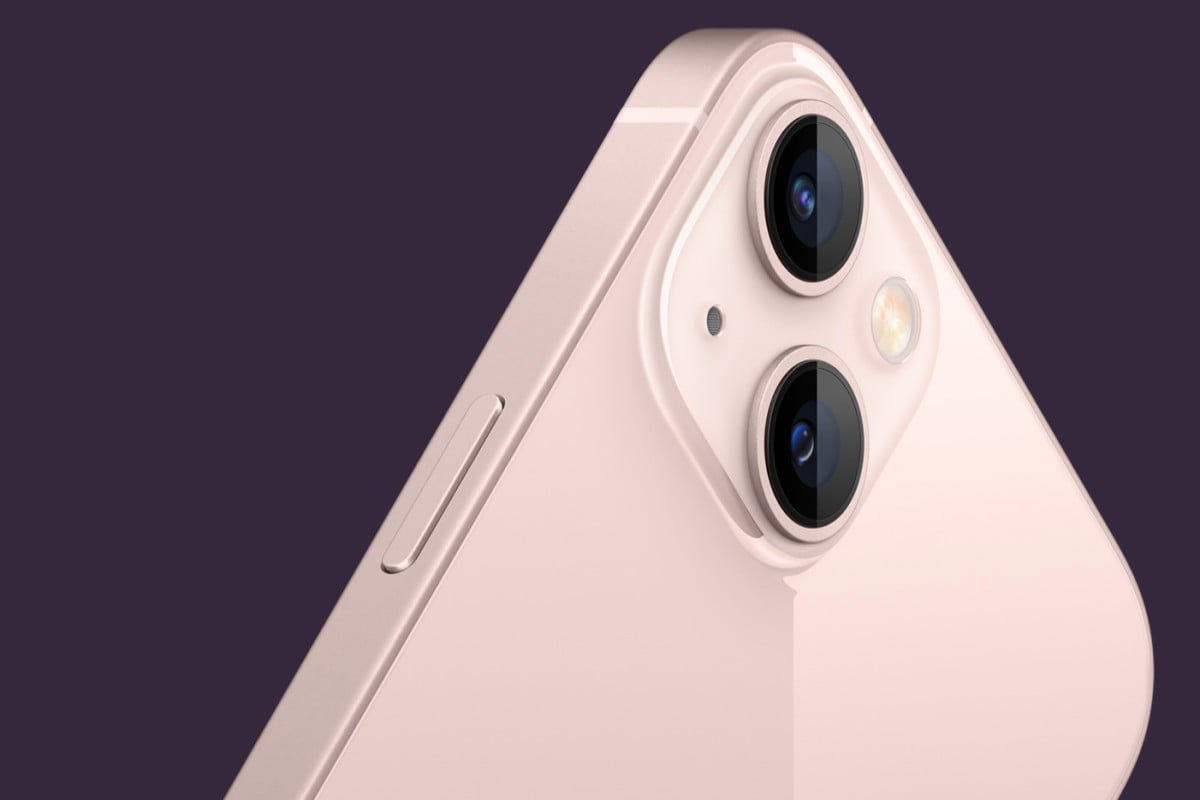
Finally, the iPhone 13 broke the cover yesterday and the new lineup of iPhones seems to excite fans at least on paper. There are some major upgrades such as the use of the A15 Bionic processor, improved cameras with bigger sensors and better batteries. While all these seem to be impressive, these phones aren’t a major step-from from their previous-generation models as they appear to be. Here is a comparison between the iPhone 13 and iPhone 12 detailing what has actually changed.
iPhone 13 vs iPhone 12 Differences
Firstly, on the design front, the iPhone 13 and iPhone 12 look almost the same except for the smaller notch on the latest offerings. Also, the iPhone 13 series has flat edges and Ceramic Shield displays for improved durability, the same as iPhone 12 series. As these use bigger batteries, the new offerings are a tad heavier and there are some new colour options.
In terms of display, the iPhone 13 has the biggest changes. While the OLED panel is of the same size as the previous generation models, Apple claims to offer brighter displays that are 28% faster than the ones on the iPhone 12. Also, the iPhone 13 and iPhone 13 Pro Max are the first models from the company to feature ProMotion displays. There is support for 120Hz high refresh rate with iPhone 13 series devices while the iPhone 12 Pro has 60Hz refresh rate.
Another major difference lies in the camera hardware. Both the iPhone 13 and the iPhone 13 mini feature a 12MP main camera sensor that is the biggest sensor ever on an iPhone. It is claimed to let in 47% more light than the iPhone 12's cameras, thereby resulting in sharper pictures. There is optical image stabilization as well. Another more dramatic change is the bigger main sensor on the iPhone 13 Pro and Pro Max for improved low-light photos. The wide-angle lens with f/1.8 aperture also translates to sharper and brighter images even in low lighting. In terms of video recording, we have the Cinematic Video recording capability that was not seen on the iPhone 12 series.
The most important change is in the performance. The iPhone 13 models use the new and more powerful Apple A15 Bionic processor, which is an upgrade over the A14 used by the iPhone 12 series. It is touted to be the fastest SoC with exceptional performance.
Apple hasn’t disclosed the battery sizes but the iPhone 13 batteries are relatively larger than their iPhone 12 counterparts. Eventually, there will be a relatively long battery life on these modes.















